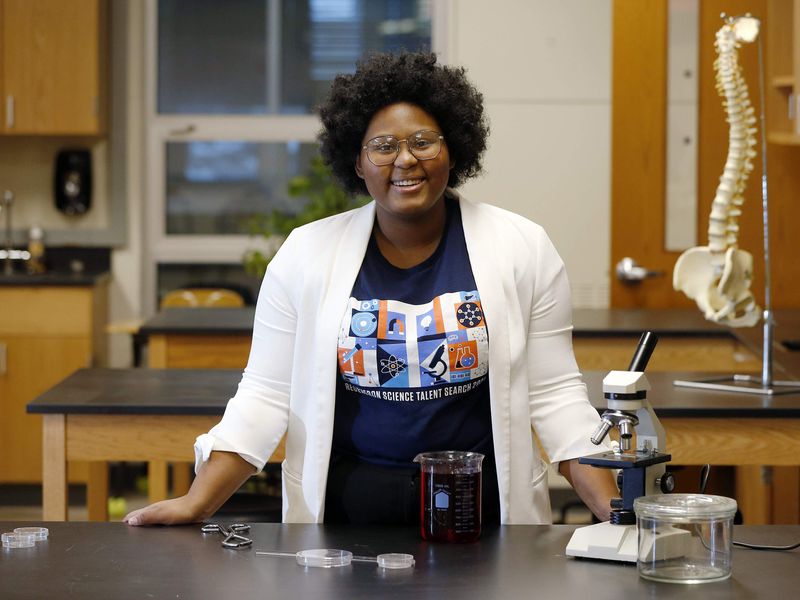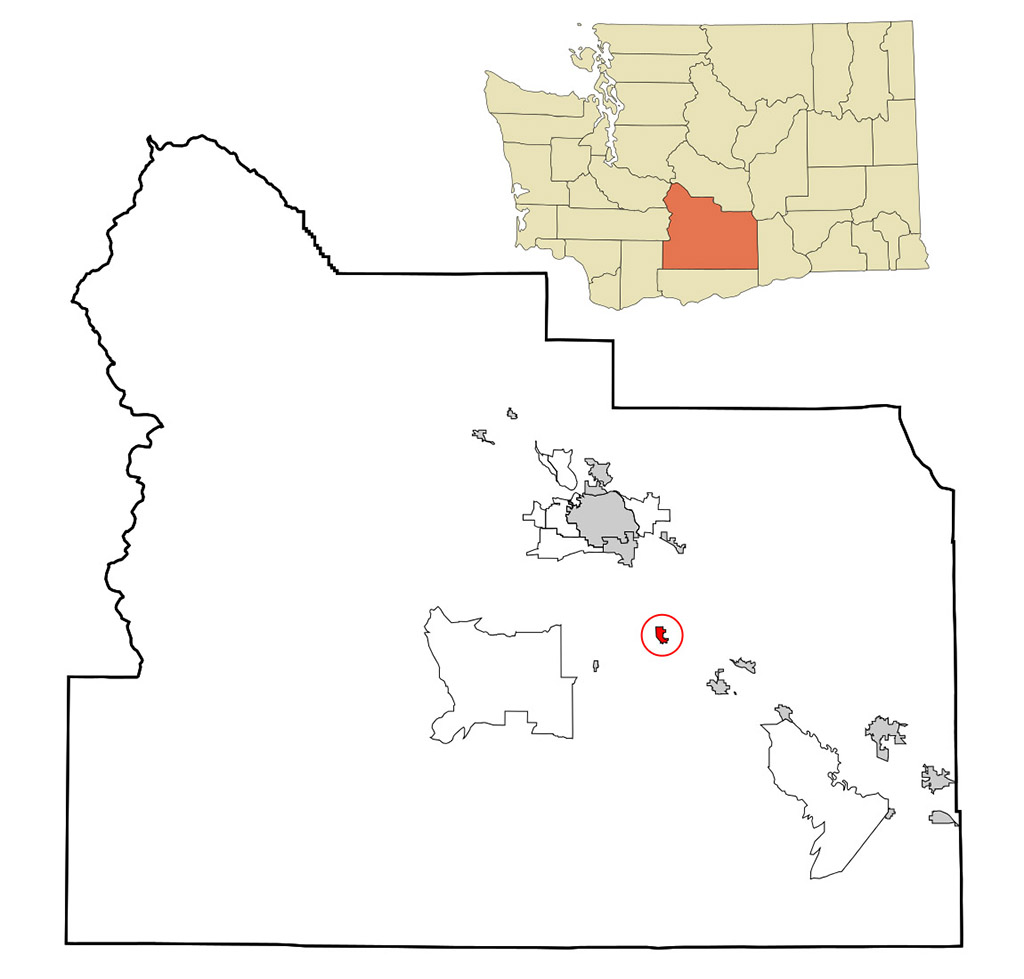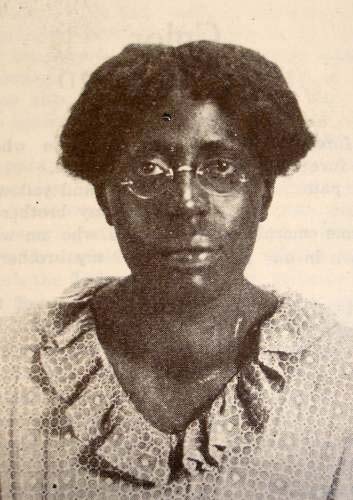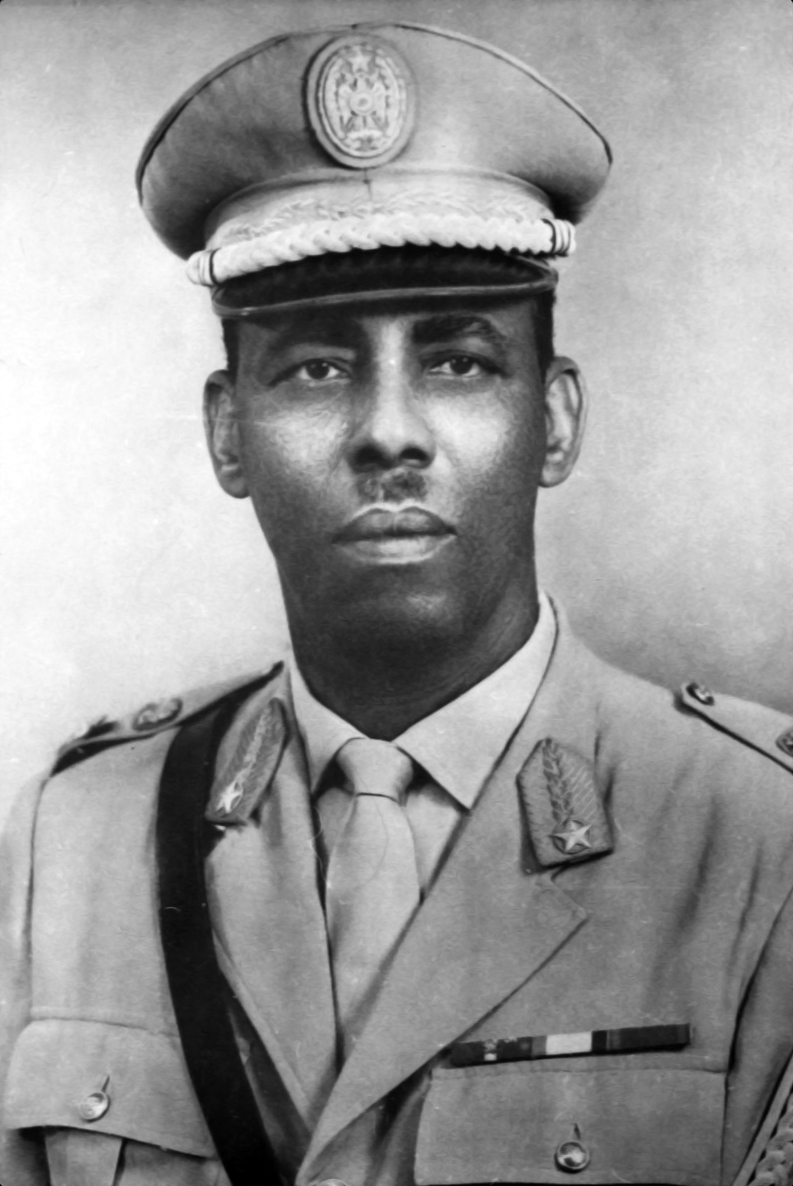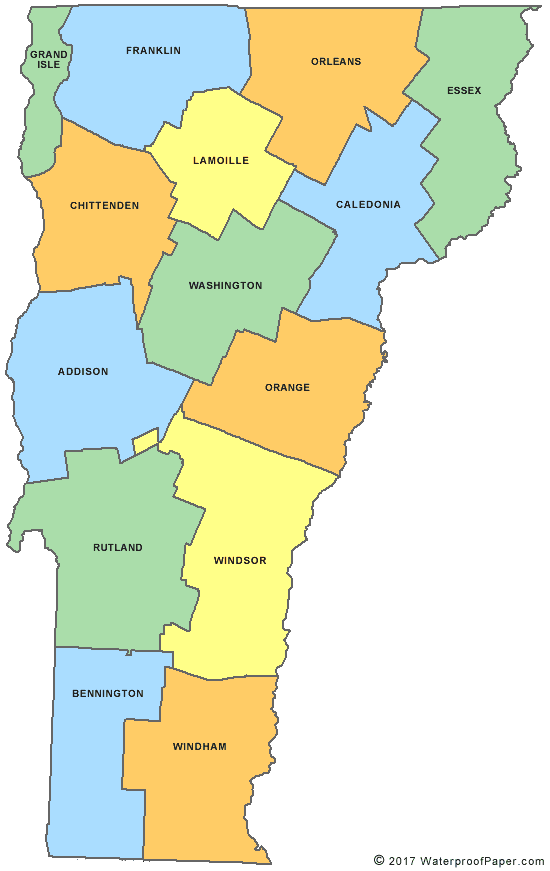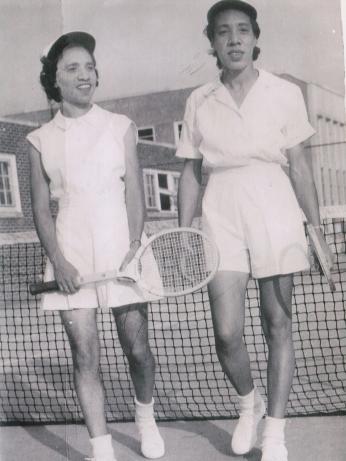Teenage scientist and inventor Dasia Taylor was born on April 6, 2004, in Chicago, Illinois, to LaDonna Phillips. When she was eight, they moved to Madison, Indiana, and on to Iowa City, Iowa. She attended Creek Southeast Junior High School and graduated from Iowa City West High School in Iowa City, Iowa, in 2021.
Taylor is best known for her experiment where she juiced at least three dozen beets in the last 18 months based on a project she began in October 2019 when she was 15 years old. Taylor discovered that beets changed color at the perfect pH point. Her discovery showed that these root vegetables could provide surgical suture thread that could change color from bright red dark to dark purple to reflect the healing of an infected wound. Taylor was then able to find a suture thread that would hold on to the beet dye by testing ten different materials.
Ironically, while Taylor was engaged in what would become her life-saving discovery, she endured blatant racial discrimination. Before attending Iowa City West High, Taylor was a student at Clear Creek Amana High School in Tiffin, Iowa, where she was discouraged from joining a science competition team.
As a result of that experience, Taylor has been an anti-racist curriculum advocate since 2017. To challenge those who doubted her abilities, in 2020 the 16-year-old devoted four months concentrating and committing herself to research preparing for her first regional science and math fair.
In January 2021, Taylor was recognized as one of 40 finalists in the Regeneron Science Talent Search. This STEM-based activity is one of the oldest and most prestigious science and math competitions for high school seniors in the United States. Taylor received $25,000 for her discovery from the Iowa City Press-Citizen, the local daily newspaper published in Iowa City.
Since the beginning of her project, Taylor has also been pursuing a line of research that might counteract the risks posed by using cotton. After school, Taylor has also spent a considerable amount of time and energy in the Black History Game Show as its president and she often attends weekly school board and district meetings.
Taylor’s discovery of beets as a source of dye that can be used in the early detection and prevention of surgical site infections, is a significant development in medical science. She received the Glenn T. Seaborg Award, recognizing and encouraging research and education in nuclear chemistry and radiochemistry. Because of this type of scientific achievement at such early age, Taylor has appeared on The Ellen DeGeneres Show. She is preparing to take ownership of all of her inventions by patenting them.

